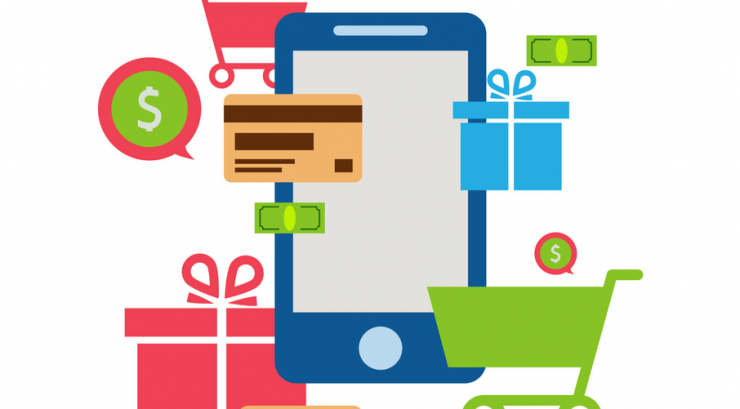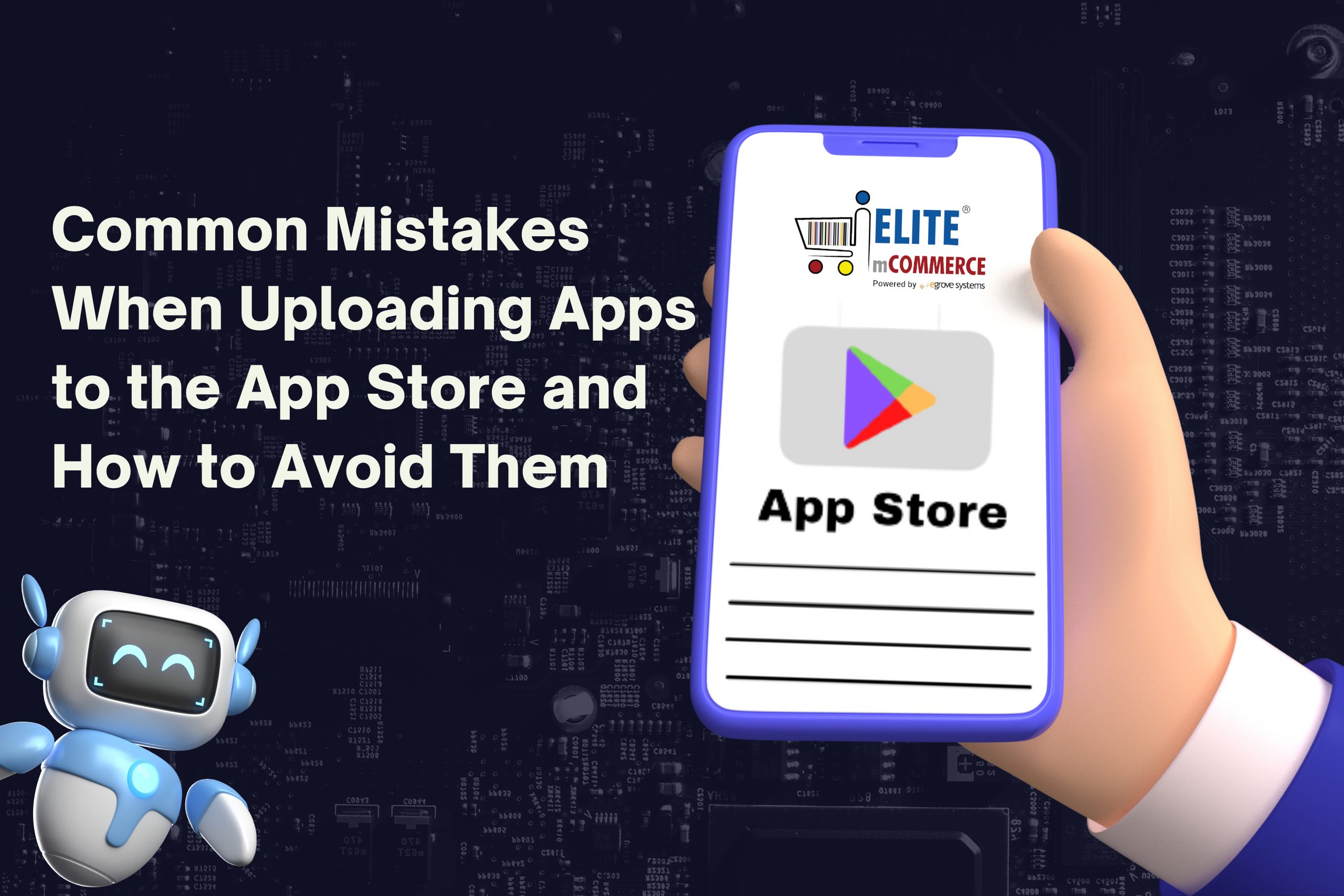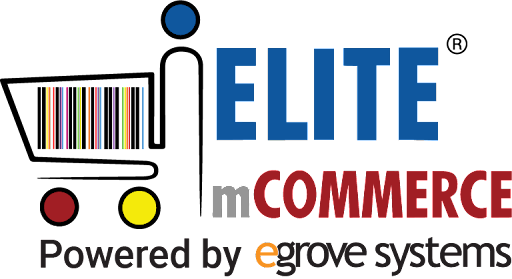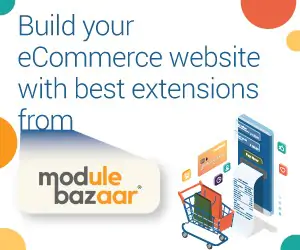Geographical limitations are reduced with ecommerce app, they allow users the flexibility they need to shop conveniently. Branding, relationships, and traffic are factors to consider when determining the ins-and-outs of a Mobile app development company.
Application Downloads
Content layout, navigation systems, and semantic structure are used to enhance conversion rates when customer retention for a Mobile app development company is optimized. Keeping semantic structure attractive and simple captivates users’ attention with user-friendly content. Maximizing download capabilities is the job of the successful ecommerce app designer, and these tactics help in this regard.
Advertising and marketing, real estate, and personal transactions are three areas that lower cost expenses when managed well. For example, customers can find products easier by utilizing nifty search box use with query builders as opposed to pushing a shopping cart around a crowded store for days on end; as such, these Mobile apps boost off-line brand experience, and help find loyal customers.
Degrees of Consistency
Cross platform design consistency can be optimized with the use of style guides that incorporate product keywords and specifics. Considering user learning curves with product descriptions and services helps website designers refine user interface and content to ensure content reflects design.
User Lifetime Value
Strategy analysis calculates lifetime value contributed by customer retention, and uses this figure to gauge both historic and predictive customer loyalty values (CLV) according to a timeline that delves into the past, as well as the future. There’s a figure that simply sums up past purchases to calculate a historic figure; while another figure is based on behavioral indicators of users to incorporate a predicative figure.
Read also: Compelling Features Customers Expect in E-Commerce Mobile Apps
In-Application Referrals
Customer information from registration forms and cookies in a browser’s settings enable communication of relevant messages.
Application Performance Analytics
Application rankings depend on the amount of times it has been downloaded, and the review it has received. It’s important for a business to manage download and review processes to determine what captures user demographic.
Application Ratings and Review Analytics
User behavior analysis comes in handy when collecting user meta data, while retention analytics seeks and retains a loyal customer base. Whatever approach a strategist takes, it should be data-informed: such as identifying leading metrics and qualitative data that keeps users coming back.
User time In-application
Marketers like in-app messaging because unlike push-notifications they are not time-sensitive. Notifying customers with relevant messages while they are busy using the app is critical in maintaining user engagement. “Abandoned cart messages”, “price change notifications”, and “out-of-stock updates” are examples of push-notifications that work.
Session Interval
The amount of time a user spends on an app produces session metrics of length and interval use. Knowing session length times and levels of user engagement help website developers apply insights gained.
Conclusion
Focusing on user-data metrics to tailor ecommerce mobile app experience is how ecommerce app are managed to maintain user-engagement that lasts a lifetime.









Add comment